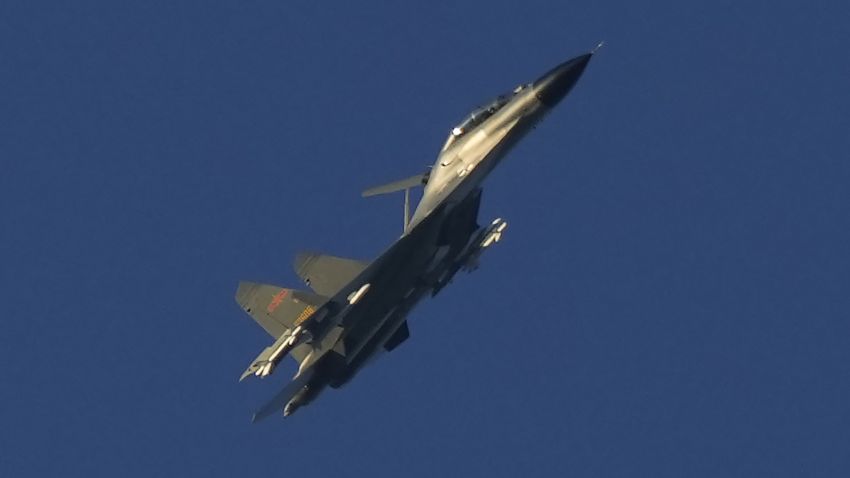In the aftermath of U.S. House Speaker Nancy Pelosi’s visit to Taiwan, China has unleashed an unprecedented range of diplomatic, economic and—most alarmingly—military measures in response. Most immediately, Beijing sent sorties of warplanes and naval vessels across the median line of the Taiwan Strait to signal its displeasure. It also announced multi-day, live-fire military exercises, which have now commenced, in six zones surrounding the island, including within Taiwan’s territorial waters. Among the missiles launched during the first day of the exercises, one traversed the island, though at a high enough altitude to not pose a danger, and several landed in Japan’s maritime exclusive economic zone.
Among the economic measures, China has imposed import bans on a range of Taiwanese exports, while suspending the announcement of the opening of a Tesla electric car battery plant in North America. And on the diplomatic front, it has suspended a range of military and diplomatic dialogues with the U.S. intended to maintain open channels of communication between the two strategic rivals, as their relations continue to deteriorate to their worst point since the normalization of ties in 1979.
The entire episode underscores the complexity of a three-sided relationship that for over 40 years has been governed by a diplomatic sleight of hand—one that, though it managed to secure a more or less stable status quo over that time, could never hope to permanently satisfy any of the parties involved. The so-called One China policy affirmed that there is only one Chinese state, recognized the government in Beijing as its legal representative and acknowledged that Taiwan is part of it. But crucially, it held back from endorsing either unification under Beijing’s rule or Taiwanese independence, leaving it up to the two sides to find a peaceful resolution between themselves. This geopolitical equivalent of “don’t ask, don’t tell” also served as the foundation of the so-called 1992 consensus between Beijing and Taipei, giving rise to the moniker “one China, many interpretations.”

